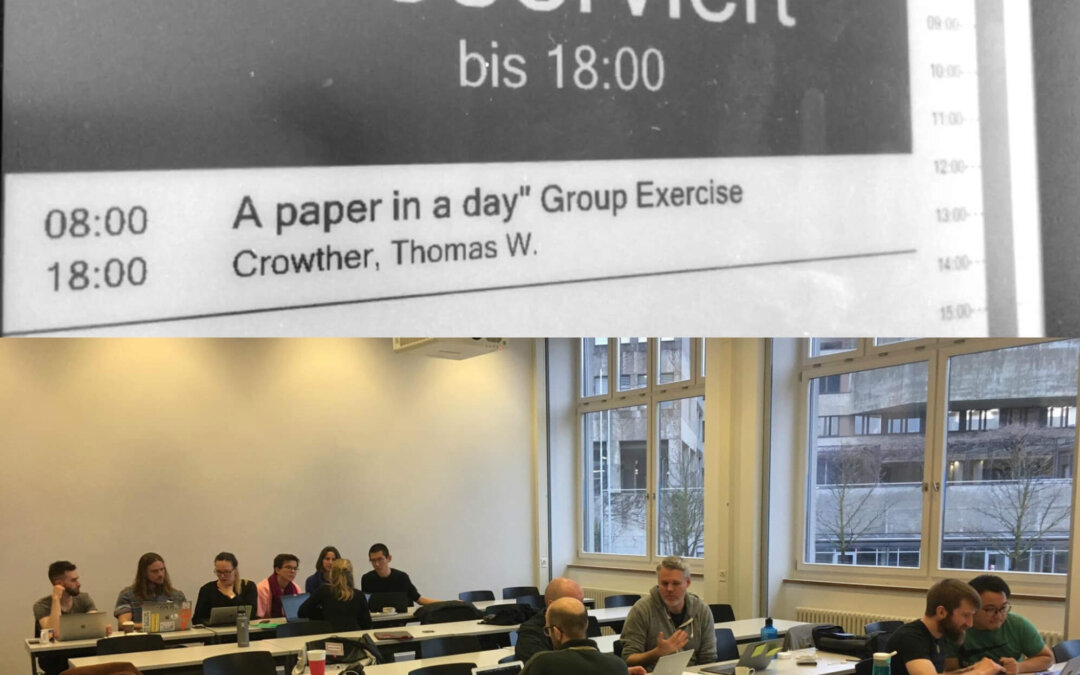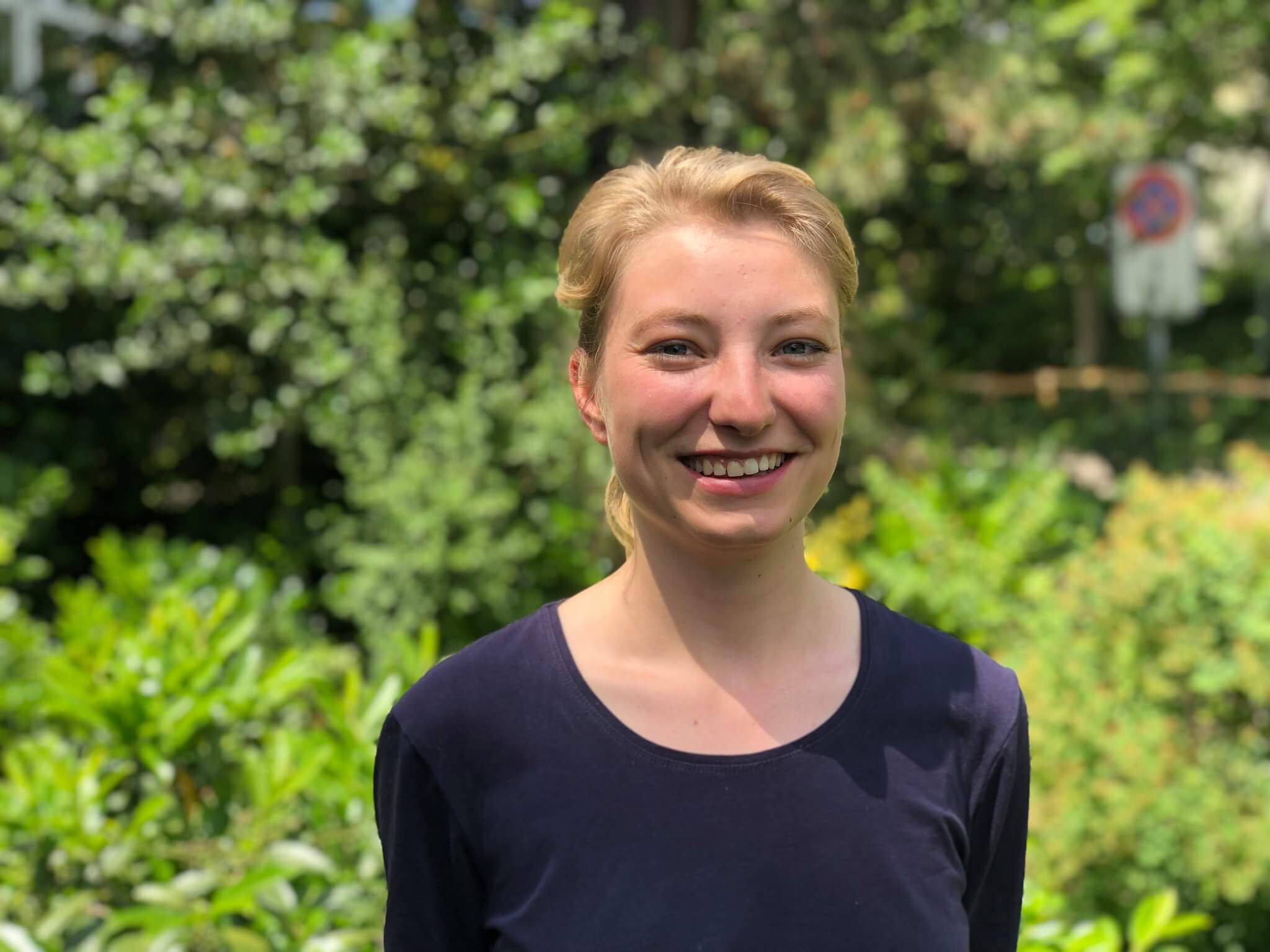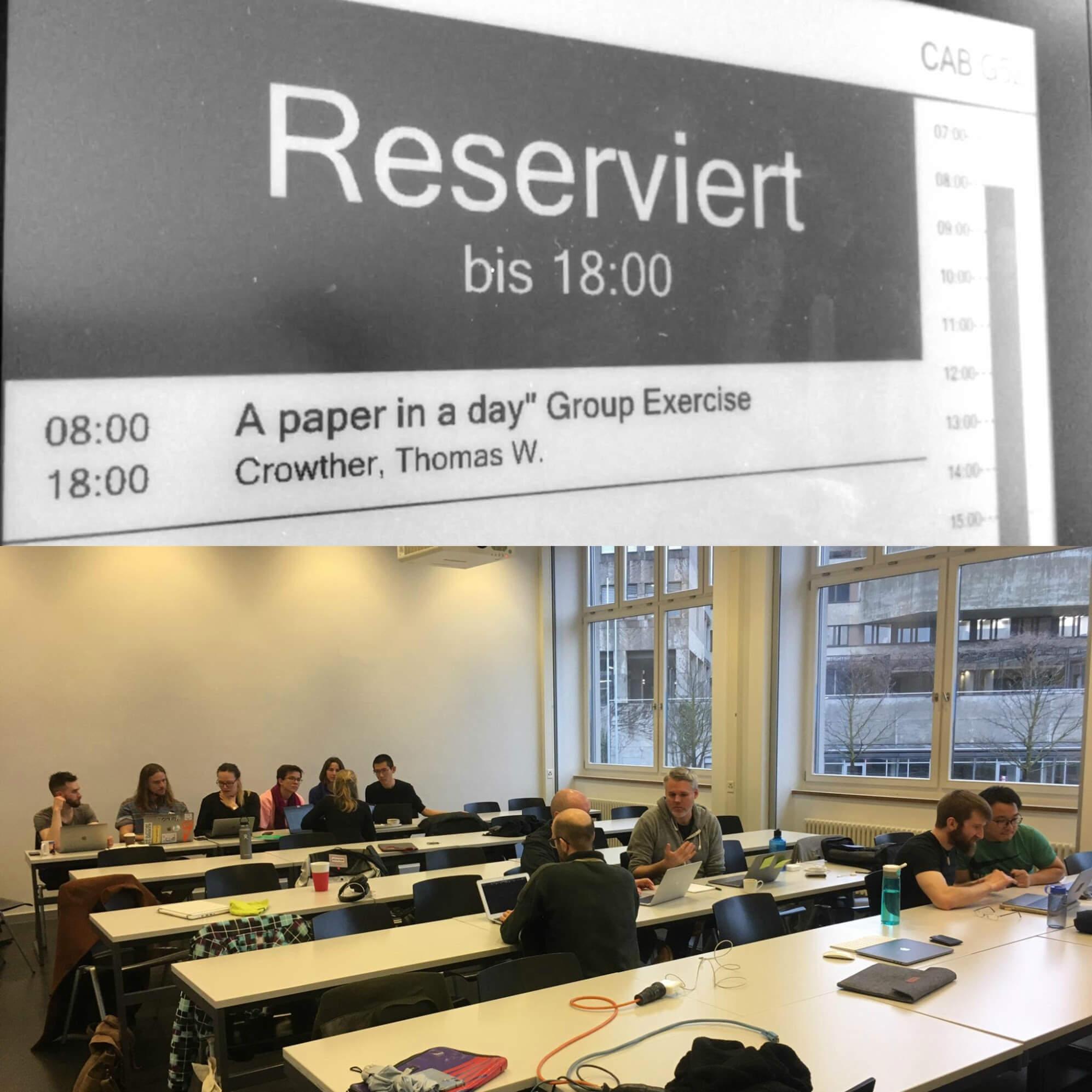
Paper in a Day, or how to make the most of our interdisciplinary team

I am Nina, a master’s student in bioinformatics and computational biology at ETH. I joined the Crowther Lab last year in May for a small project over the summer: mapping global soil nitrogen, one of the primary limiting nutrients in terrestrial ecosystems. The data was ready. Devin, our machine learning expert, introduced me to Google Earth Engine and talked me through the steps of making a map. Although I was already familiar with the machine learning models we used, I had everything to learn about working with geospatial data and the significance of nitrogen in ecology. Nonetheless, a couple of months later I was able to successfully generate my initial maps.
These first results sparked some interest in the lab and Tom suggested we try to get the maps published. I was keen on staying in the lab and on understanding the implications of the maps I had generated, so I decided to keep going with this project for my master’s thesis. Although I was warned that writing a paper would be a lot of work, I decided to take on the challenge and my small project became… not so small. Months later, most of my analysis was done but one big task was still hanging over me: writing. That’s when the idea came up to write this paper as a Paper in a Day.

During a Paper in a Day everyone from the lab comes together and brings their insights on an ongoing research project. The main idea behind this type of activity is to make the most of the lab’s interdisciplinarity. Even though there are people with very diverse backgrounds in the lab, it is quite rare to get the full range collaborating on the same project. Different backgrounds give rise to different perspectives, and allow the produced content to reflect a more comprehensive overview of the subject. As nitrogen is implicated in most ecological processes, many lab members were well equipped to contribute to the introduction or the discussion. Others were able to use their expertise in global mapping to review the code and the methods section. We all split into groups based on background and interest to write parts of the paper, and by the end of the day, we had our first draft.
With a structure in mind, we were able to produce a lot of content that would be used to construct the paper. Dan estimated that it would have taken a month for a single person to write everything we did in a day as a team ! However, it is important to note that we did not literally write a whole paper in a day. Since then, I have put in a lot of work to arrange, modify and add to the content, with many additional ideas – such as new discussion points that came up during the Paper in a Day. Although this activity may not fast-forward to a finished product, it is an immense boost for any project and may shape a paper in ways that had not been thought of before. It also encourages collaboration for the final steps, as some people stay involved after the Paper in a Day. Overall, this experience did not only help me write the paper, it has also shown me how collaboration and interdisciplinarity facilitate new ideas that would have never been explored if it hadn’t been for the discussions started during the Paper in a Day.


Recent Comments